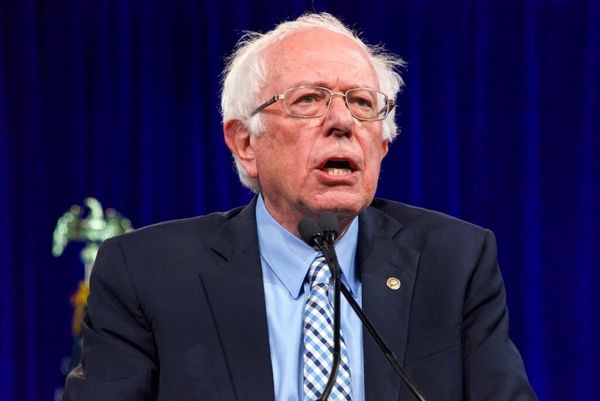
Electric vehicle sales have gone crazy since the Government introduced the clean car discount last year and then Russia invaded Ukraine disrupting petrol prices. Just-released March figures set a new EV sales record - and there’s more to come. | Content partnership
The Motor Industry Association of New Zealand puts out some interesting tables of annual vehicle sales - they are worth delving into if you like that type of thing.
In 2011, its list for electric vehicles was two lines deep. One model, 12 cars sold.

Ten years later, the MIA's electric vehicle table takes up a full, closely-spaced page. In the 2021 list there are 28 full electric vehicle models, eight heavy electrics (trucks and buses) and 31 plug-in hybrid EVs, sometimes called PHEVs. A plug-in hybrid is a car where the main power source is electricity, but once the battery depletes, it switches to petrol to power the internal combustion engine.
The total number of vehicles sold in the three EV categories in 2021 was 9380.
But delve into the monthly sales figures and you can see a big split between the two halves of the year.
Between January and June 2021, total EV sales in New Zealand were 1670. For July to December they were around 5150 - that’s three times as many.
Same with the EV plug-in hybrids. There were 629 cars sold in the first half versus 1864 in the second.
The difference is because of the Government’s clean car rebate, which came into force on July 1.
The Waka Kotahi scheme offered $8625 back on a new electric vehicle (as long as it cost under $80,000), and $3450 back on a used import.
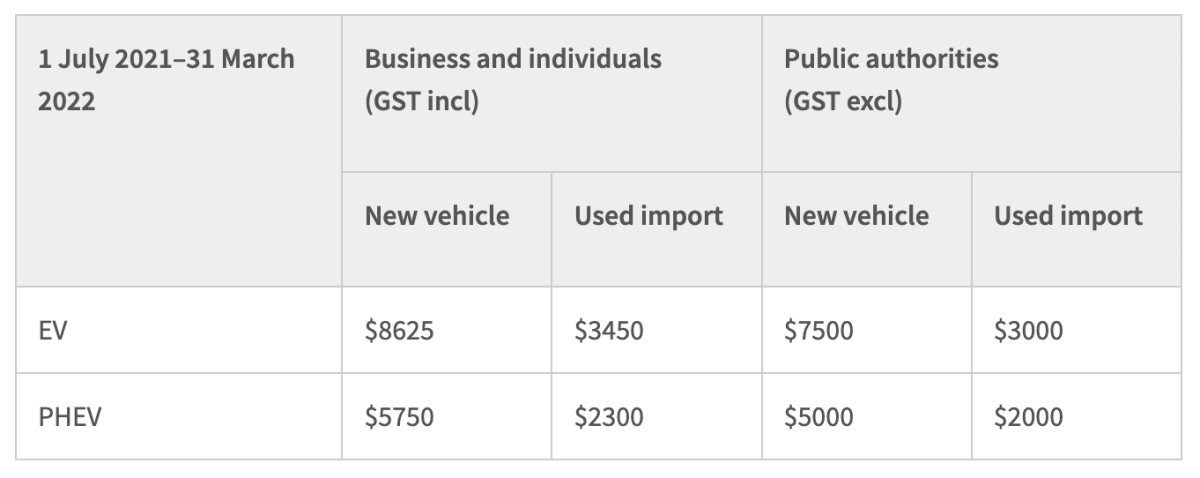
The EV boom has continued into 2022. The list of models on the MIA site now sneaks onto a second page. If you extrapolated out EV and EV plug-in hybrid sales in February for a full year (an interesting but not an accurate measure), the industry could hit almost 13,000 registrations this year.
Chris Blair, general manager, passenger cars at Hyundai New Zealand, has a few natural world metaphors to describe the last few months.
“It’s been a whirlwind,” he says. “The market just caught fire when the clean car discount came in ... It’s been a wild ride.”
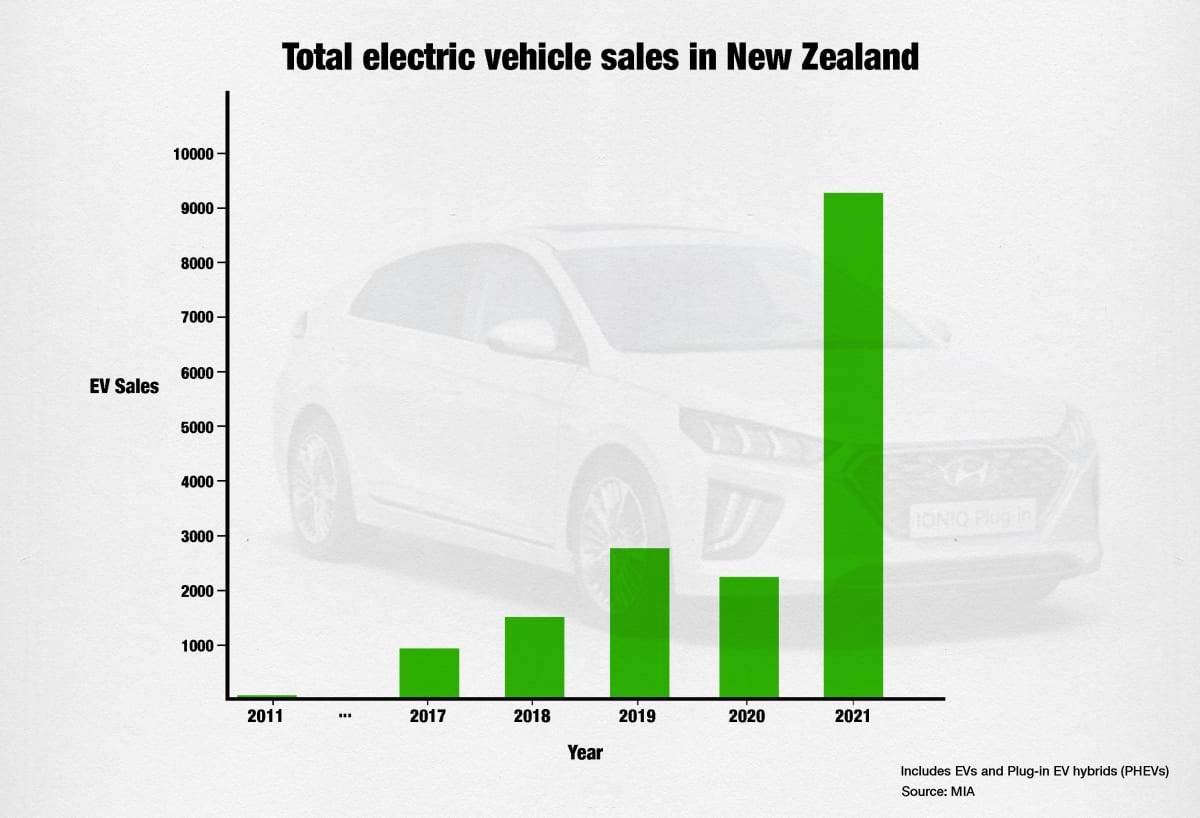
Hyundai launched its first EV into the New Zealand market in 2016, a second one in 2018, a third in 2021. The market bubbled away - until July 2021.
Blair says a big chunk of sales pre-2021 came from big companies and government departments - “people looking at more than just a price tag, with priorities around corporate responsibility and driving the lowering of CO2”.
There was an appetite from private buyers too, he says, but most were holding off.
“It felt like everyone was hanging out, waiting on some sort of government initiative. So when it happened, I think there was built-up demand.”
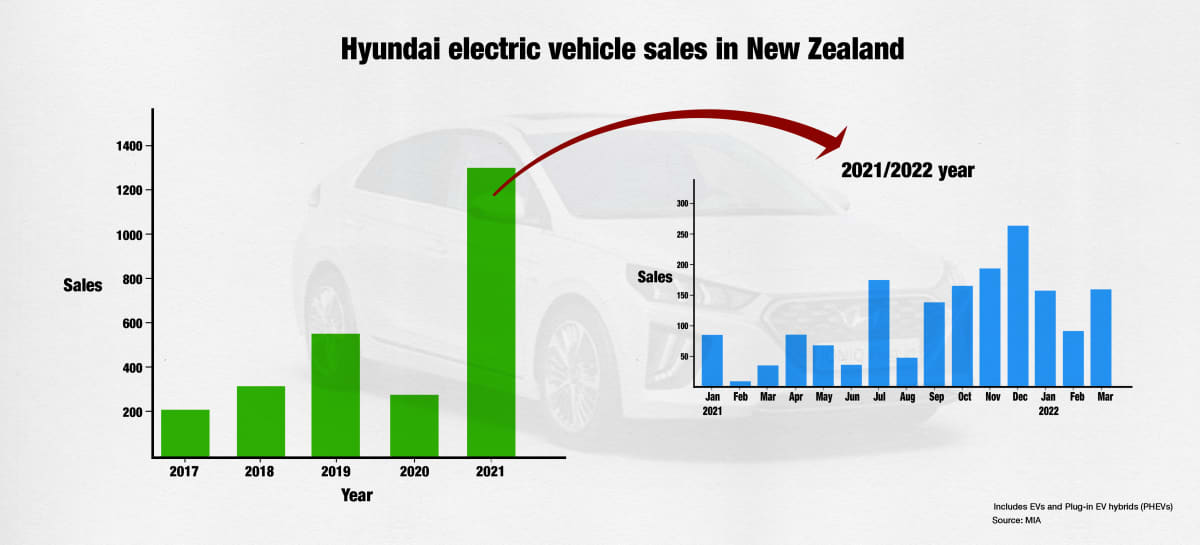
In fact, the biggest constraint on sales for all car companies post the rebate coming in has been Covid-related supply-chain disruption in a strong market.
The international shortage of semiconductors has had an impact too - the higher the specification of the car, the more semiconductors it will have, and the bigger the potential for delays.
Still, a customer walking into a Hyundai dealership today could take delivery of an EV tomorrow, Blair says. They just might have to compromise on the colour or the specifications.
The impact of petrol price hikes
Meanwhile, the Russian invasion of Ukraine on February 24 and the subsequent increase in petrol and diesel prices has provided another crazy boost to the EV market.
Undiscounted average pump prices for 91 fuel in Auckland rose from $2.72 in mid-January to $3.30 two months later, according to interest.co.nz, before the Government cut 25 cents a litre of fuel tax.
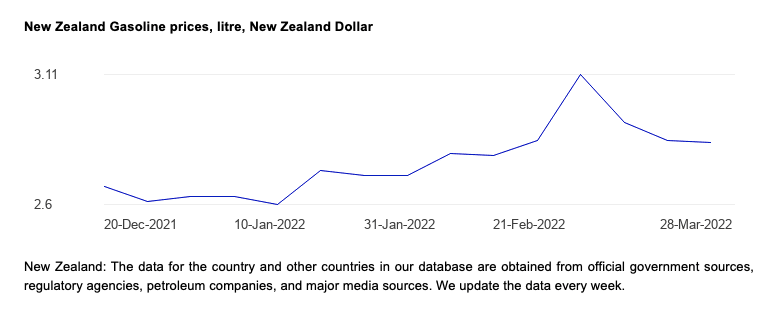
“Off the back of the increased petrol prices and our IONIQ 5 winning New Zealand Motoring Writers' Guild 2021 Car of the Year [announced on February 18] we saw an overnight push in demand again,” Blair says.
March 2022 figures just in from the Motor Industry Association show New Zealanders bought 1716 passenger EVs and 431 plug-in hybrids last month. That's a total of 2147 cars. One year earlier, in March 2021, those numbers were 430 passenger EVs and 150 plug-in hybrids, making a total of 580. That's almost four times as many cars sold in March this year, compared with last year.
The increase in the number of people buying pure electric vehicles as opposed to plug-in hybrids is also significant. In 2019, the ratio was around 2:1, in 2021 it was 3:1, in March it's nearer 4:1.
Remember that interesting-but-potentially-inaccurate extrapolation number above - 13,000 registrations for the full 2022 year, based on February sales.
Do the same extrapolation with the March figures and you get another huge hike - 20,592 full EV registrations and 25,764 EV plus plug-ins.
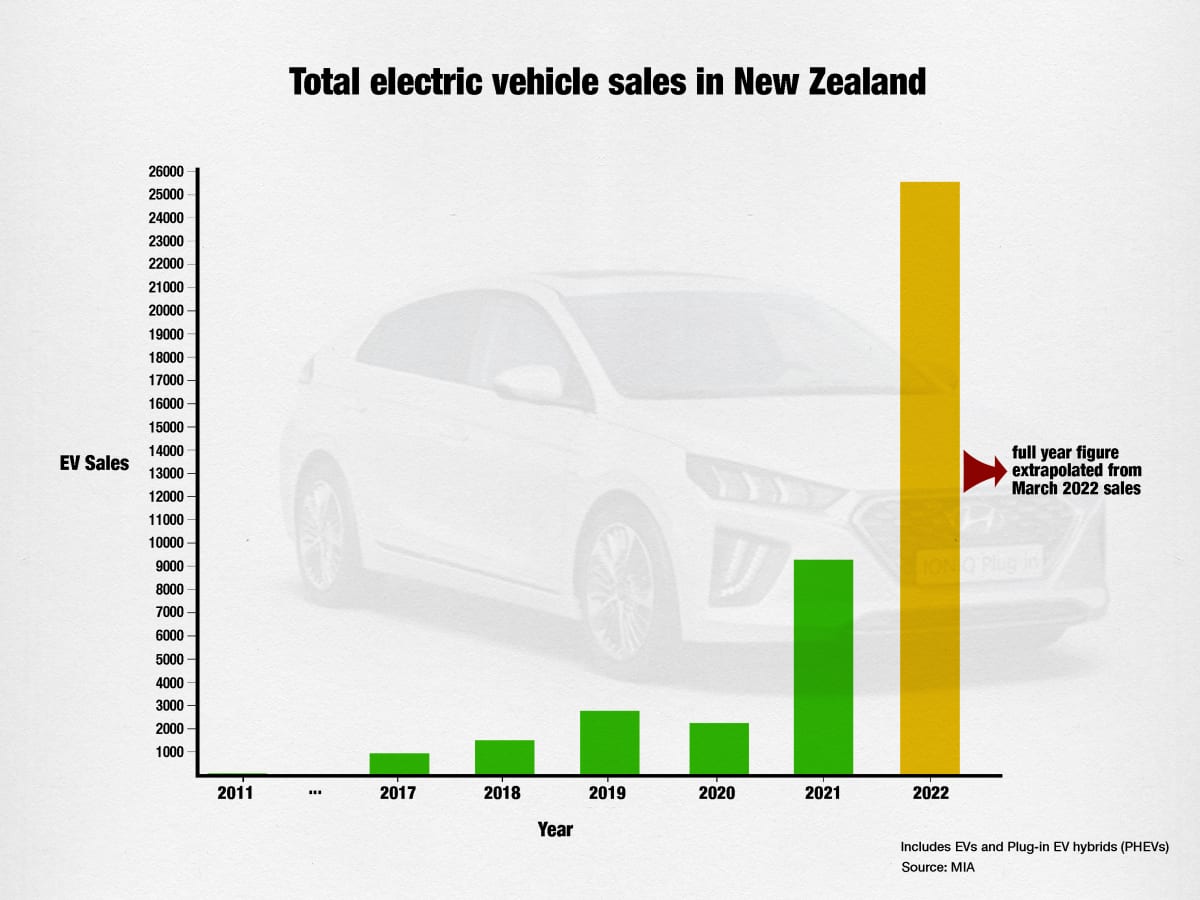
It’s made meeting the demand for EVs even tougher, says Nic Tsimas, dealer principal at Hyundai North Harbour.
“As they arrive at the dealership we basically sell them.”
A car for all tastes
Another factor pushing EV sales is the sheer number of different cars on offer.
In 2019, New Zealand customers could choose from 16 pure electric vehicles and 20 plug-in hybrids. There were 12 car company brands selling EVs in the New Zealand market.
Two years later, in 2021, there were 29 EVs and 31 PHEVs on offer from 19 different manufacturers.
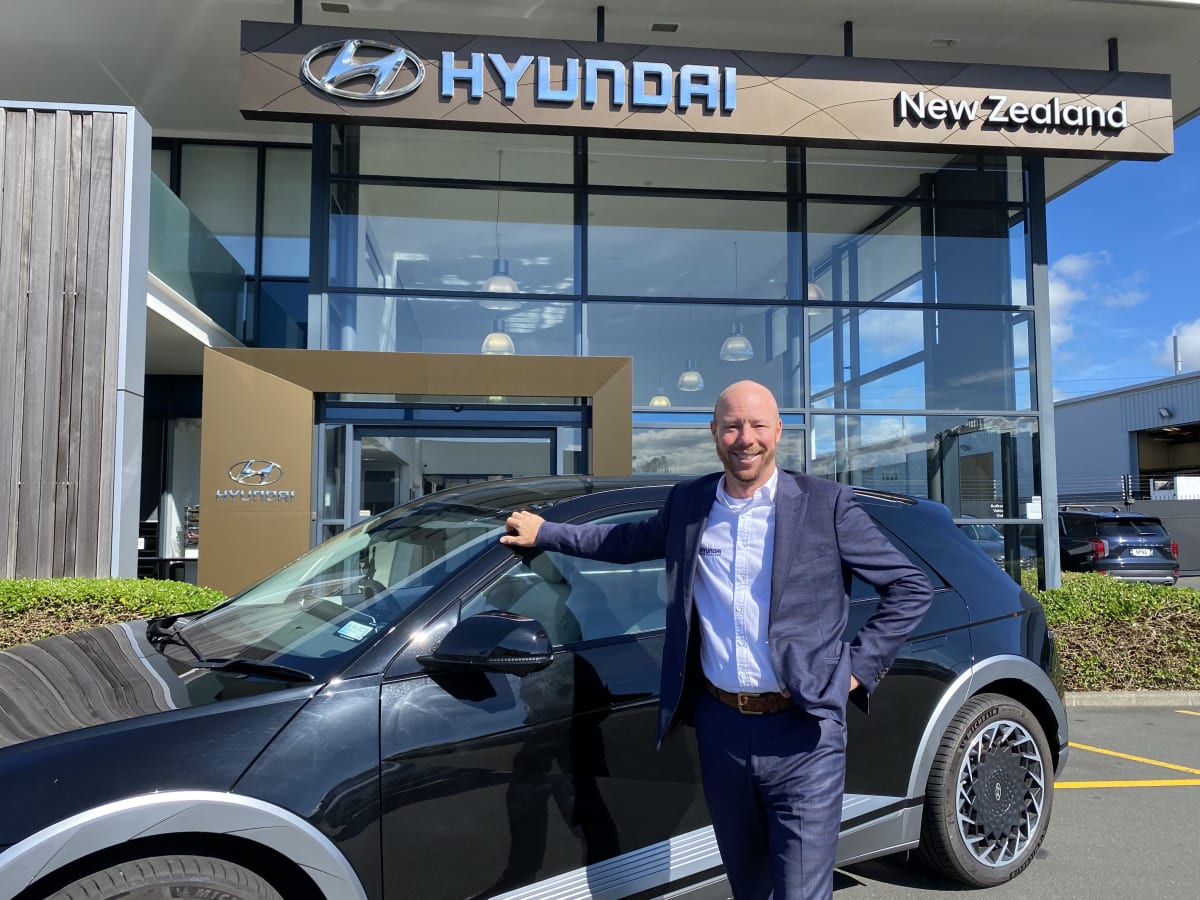
Hyundai has the IONIQ, the Kona and the IONIQ 5 in the market at the moment and plans to launch two plug-in hybrids and one battery EV in the next 12 months.
The significant increase in EV models is great for electric vehicles as a category - and for the environment, Blair says.
Meanwhile, on April 1 this year, the next stage in the Government’s clean car programme came into effect - introducing sticks for higher emission vehicles alongside the carrots for low emitters.
The maximum fee will be $5175 for someone buying a new car and $2875 for a used vehicle.

The Government’s Clean Car plan is part of its net zero 2050 target. Transport is responsible for 47 percent of New Zealand’s domestic CO2 emissions, and two-thirds of transport emissions come from our light vehicles, according to figures in the original report.
Govt’s next target: car companies
The July 2021 and April 2022 rebate and fee schemes move the dial for customers, but the Government has another rabbit in its hat for next year - and this one brings the car trade into the equation.
From 2023, car importers and distributors will also be expected to reduce the total amount of CO2 in the vehicles they bring in - and will be penalised if they don’t meet targets.
“From December 2022, importers of vehicles must have a CO2 account with Waka Kotahi in order to progress vehicles through entry certification,” the rules state.
“This ensures systems are in place to monitor importers against targets from January 2023.”
The overall targets will get tougher each year through to 2027.
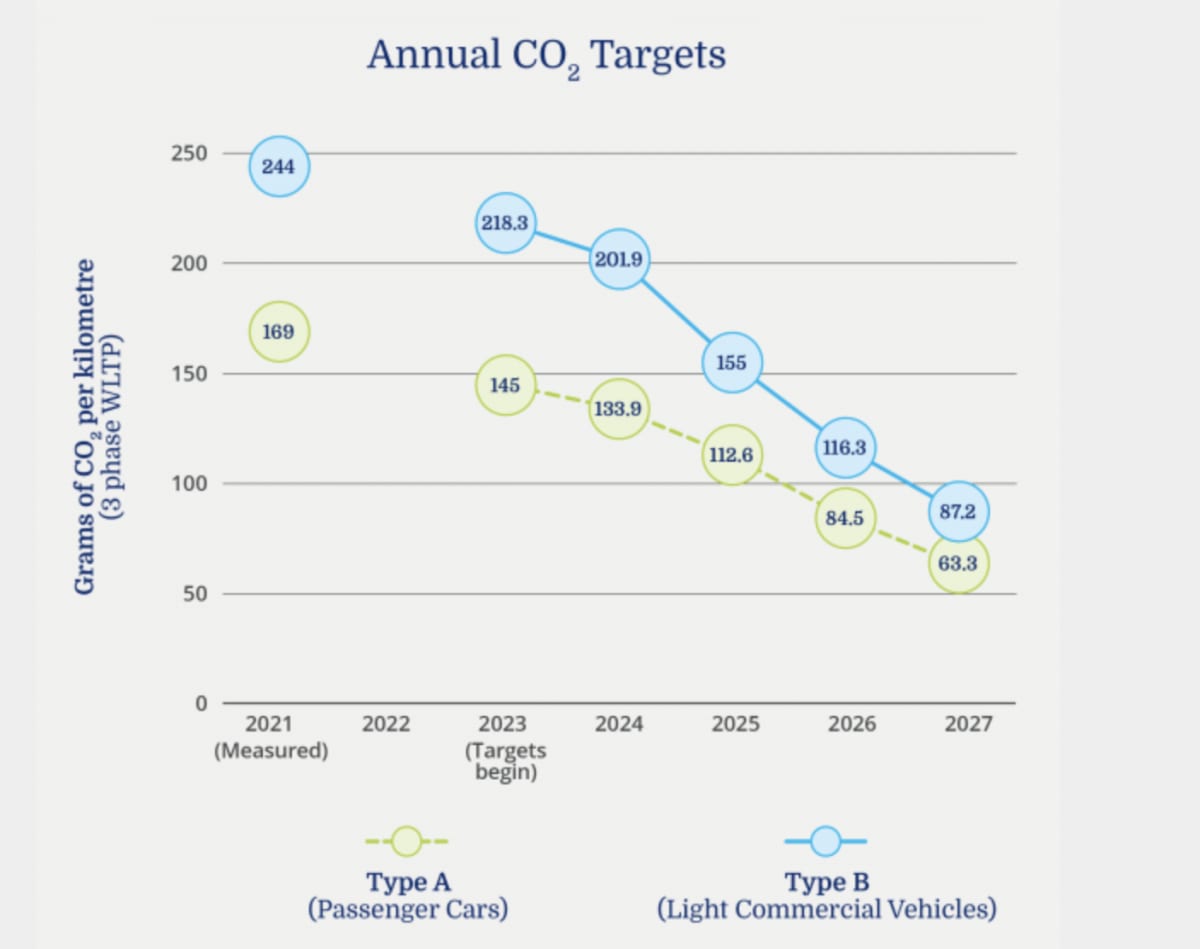
“It’ll be based on the number of vehicles we sell every year and the average CO2 output,” Blair says.
“We are forecasting about 40 percent of our volume this year will be an alternative fuel of some sort, so that puts us in a pretty good position to offset against traditional ICE (internal combustion engine) vehicles with higher CO2.”
He says the exact mechanism for car companies to pay or get credit is still being worked through by officials, “but if I had to guess, I’d say it will probably be done quarterly”.
Already distributors are looking at the cars they are bringing in, he says, to get as many of their models on the right side of the Government’s emissions line.
“It’s done a good job already of forcing us to look at our model lineup and, more importantly, the engines in those vehicles."
NOTE: Serious personal conflict of interest: While the author was researching this story she was lent a Hyundai IONIQ 5 to drive. She will never love her Toyota Corolla the same way again.
Hyundai is a foundation partner of Newsroom




